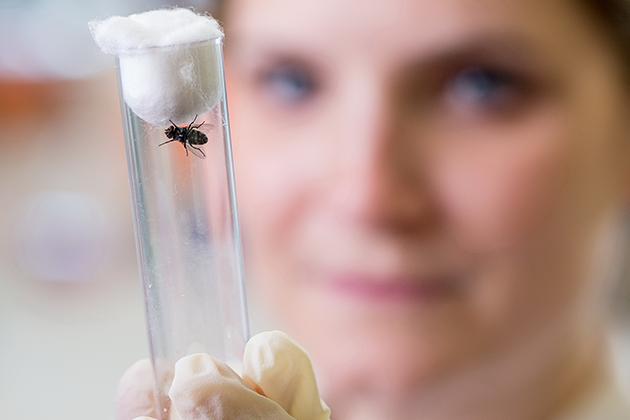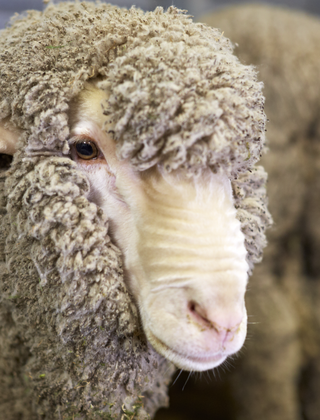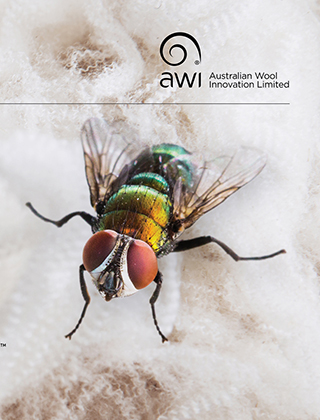More research needed into flystrike vaccine

Researchers have completed a four-year, AWI-funded preliminary project into the development of a commercial vaccine aimed at helping protect sheep from the Australian sheep blowfly. Results, whilst encouraging, were mixed, with more research needed to advance development.
Research supported by AWI funding has allowed the mapping of the Australian sheep blowfly by researchers at University of Melbourne and enabled CSIRO researchers to apply new and emerging technologies to work towards the development of a vaccine to protect Australian sheep from flystrike.
“A flystrike vaccine, if successfully developed, would provide the wool industry with a paradigm-shift in flystrike control. It would reduce the use and reliance on chemical insecticides and breech modification, and would help garner the support of the supply chain through to consumers,” said AWI Program Manager, Animal Wellbeing and Industry Resilience, Carolina Diaz.
“A vaccine would have a near immediate effect on the industry because it could be administered rapidly across the entire sheep flock and provide a long-term solution to the flystrike problem. As a vaccine stimulates the immune system, it would not restrict protection to just the breech but would provide whole body protection to the sheep.”
For more than a century, vaccine technology has been demonstrated as an effective treatment for a range of bacterial and viral diseases. However, sheep blowfly larvae are incredibly tough and resilient organisms with a short period of parasite-host interaction, which presents a significant challenge for the development of a vaccine against them.
The larvae spend a reasonably short period of time on the sheep after the adult fly lays its eggs in the fleece. Within about 72-96 hours, the larvae have hatched, undergone three moults and drop off into the dirt to pupate. This means that a vaccine needs to target and take effect on the larvae immediately they interact with the host sheep.
During this ambitious project, CSIRO explored a range of genomic and molecular approaches for the formulation of prototype vaccines that target key proteins in the blowfly larvae. It tested 93 different formulations of vaccines in approximately 500 sheep.
The results from the project were highly variable with a range of potential vaccine antigens investigated. The laboratory in vitro larval assessments of the two lead vaccine formulations were encouraging with up to 75% efficacy in reducing larval growth. This is an excellent result and well within the range of a successful vaccine if it can be translated to on-sheep efficacy. However, repeat in vivo testing on sheep showed a much lower indication of efficacy (<25%) in reducing larval growth on sheep.
These key next steps in research are therefore required to achieve the development of an effective flystrike vaccine. Any further development is crucially dependent on industry support and funds being available from AWI.
“With the critical support of woolgrowers through AWI research funding to date, we feel substantial gains have been made in the incremental progress to develop a flystrike vaccine,” said lead researcher Tony Vuocolo of CSIRO.
"While an effective on-farm vaccine is still hard to achieve, the lessons from this recent project will help guide and improve future efforts in creating a vaccine, which could greatly benefit the wool industry in the long run."
Additional studies undertaken in this project assessed the impact of several adjuvants (ingredients in the vaccine that help create a stronger immune response), vaccine dose, administration route and longevity of the immune response to the leading trial vaccine formulations. Results indicated the potential of an initial two-dose vaccine and subsequent annual vaccine dose, dependent on the efficacy of a developed vaccine with proposed next stage research into vaccine formulation and delivery advancing this goal.
This article appeared in the September 2024 edition of AWI’s Beyond the Bale magazine. Reproduction of the article is encouraged.














